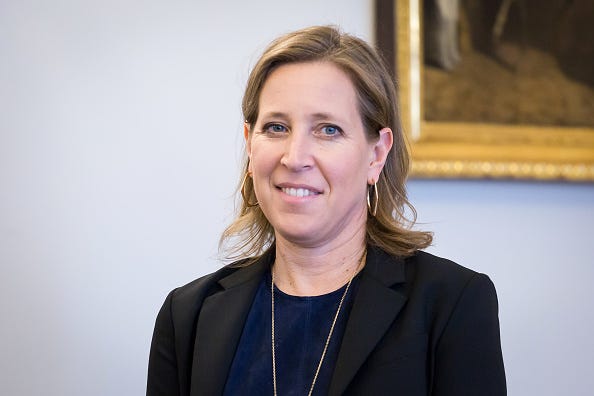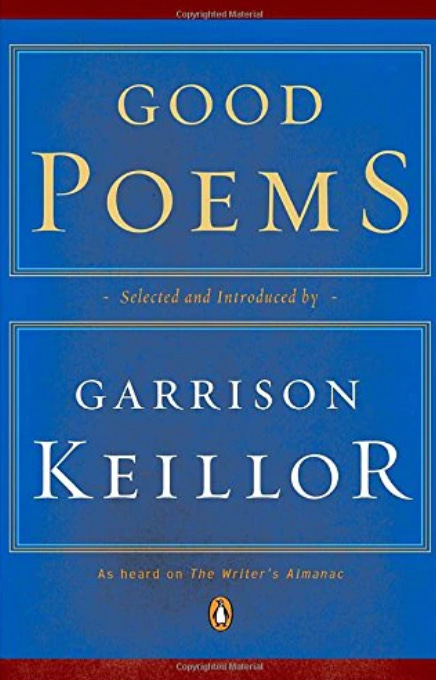“Graveyard Shift At Ace’s Truck Stop” by J.T. Knoll from Others Like Us. © 39 West Press, 2016.
ORIGINAL TEXT AND AUDIO - 2017
The Puritan colonial leader and founder of Connecticut, Thomas Hooker, was born today in 1586.
Hooker emigrated from England to the Massachusetts Bay Colony to serve as a preacher in the Puritan faith. Upon arrival, however, he found himself in a disagreement with the colony’s pastor and its rules for voting. Only formal church “members” could vote, though mere attendance or baptism did not make you a member. Members were required to complete lengthy interviews questioning their devotion to their faith, and so actually very few settlers were members eligible to vote in society.
Hooker believed strongly in the suffrage rights of all church attendees and Puritans especially. He left the Massachusetts colony to form his own colony in what is now Connecticut. In his opening sermon in the new colony, he argued that “the foundation of authority is laid in the free consent of the people.”
Hooker initiated history’s first government-forming constitution in the form of the “Fundamental Orders of Connecticut.” This would set the stage for the American Constitution many years later.
Though Hooker died in his 60s of illness, he had many influential descendants, such as 20th-century banking tycoon J.P. Morgan.
It’s the birthday of American astronomer A.E. Douglass, born in Windsor, Vermont (1867). Douglass became interested in a correlation between solar radiation cycles and the growth rate of trees. Through his studies, he founded the field of dendrochronology — a method of dating wood by growth ring patterns.
The idea behind dendrochronology is as simple as it is clever. Each year, the trunk of a tree grows one ring wider. How much wider depends on how much water was available to the tree that year, so that rainier years are marked by wider rings. Scientists like Douglass learned to track climate patterns this way.
Dendrochronological techniques have shed new light on climate science, but they have also been hugely important in dating artifacts and artworks. For example, an oak panel portrait of Mary, Queen of Scots in London’s National Portrait Gallery was long thought to be a copy. But dendrochronology revealed that the painting was actually a much older 16th-century original.
Douglass died in 1962, but his legacy lives on today in the form of both lunar and Martian craters named in his honor. He also left behind the first Laboratory of Tree-Ring Research at the University of Arizona in Tucson.
Today is the birthday of American technology executive Susan Wojcicki, born in Santa Clara County, California (1968). You might not know her name, but if you like to watch cat videos on YouTube, she’s the person to thank: she convinced her employer, Google, to buy the home video startup. Wojcicki has been called “the most important person in advertising” and “the most powerful woman on the internet.” She was the CEO of YouTube. Her name is pronounced “Whoa-JIT-ski.”
She was a pregnant Stanford alum when she decided to rent out the garage of her house in Menlo Park, California, to two Stanford students, Sergey Brin and Larry Page. Back then, what we call “Google” today was known as “Backrub,” and it was Brin and Page’s senior project. They’d figured out a way to design a search engine that used links to determine the importance of individual pages on the internet.
No one really knew how the project was going to take off, but Brin and Page paid Wojcicki $1,700.00 a month to use her garage and the three of them stayed up late eating pizza, playing pingpong, and perfecting their product. Wojcicki became the first marketing manager at Google; she was known as “Google Employee #16.” And those little ads on personal blogs and websites? Wojcicki created those, too, and called the idea “AdSense,” and it took off, allowing blog and site owners to make money by displaying Google ads.
Susan Wojcicki helped design the first “Google Doodles,” those quirky little alterations of the Google logo that change according to holidays, birthdays, and international events. Doodles have honored artist Andy Warhol and singers Freddie Mercury and Ella Fitzgerald.
Wojcicki grew up on the Stanford campus; her father was a physics professor. There were always professors and thinkers at her house, arguing and talking about ideas. She credits her upbringing for her success, saying: “We had all these amazing people around us. [...] Their goal wasn’t to become famous or make money, it was to do something that was meaningful for the world because they had a passion, they found something interesting, and they cared about it. I mean, it could be ants or it could be math or it could be earthquakes or classical Latin literature.”
It’s the birthday of French poet and film director Jean Cocteau, born in Maisons-Laffitte, near Paris (1889). He published his first book of poems, Aladdin’s Lamp, when he was 19 (1909), but later disowned his youthful poetry, saying, “I was charged with the electricity of poetry but bewildered by praise of a doubtful value, and the reading of bad books.” During World War I, he served as an ambulance driver in Belgium and flew with the aviator Roland Garros, an experience that inspired the poems in his book The Cape of Good Hope (1919). Back in Paris, he struck up friendships with artists, musicians, and poets, including Picasso, Apollinaire, and Satie. He created ballets with the Ballets Russes; wrote the libretto for Stravinsky’s opera-oratorio Oedipus the King (1927); and penned several plays, including a version of the Oedipus myth called The Infernal Machine (1936). He also wrote and directed films, including The Blood of a Poet (1932), Beauty and the Beast (1947), and Orpheus (1950). His films are filled with startling images, like a candelabra fashioned out of living arms in Beauty and the Beast. He said, “The job of the poet (a job which can’t be learned) consists of placing those objects of the visible world which have become invisible due to the glue of habit, in an unusual position which strikes the soul and gives them a tragic force.”





